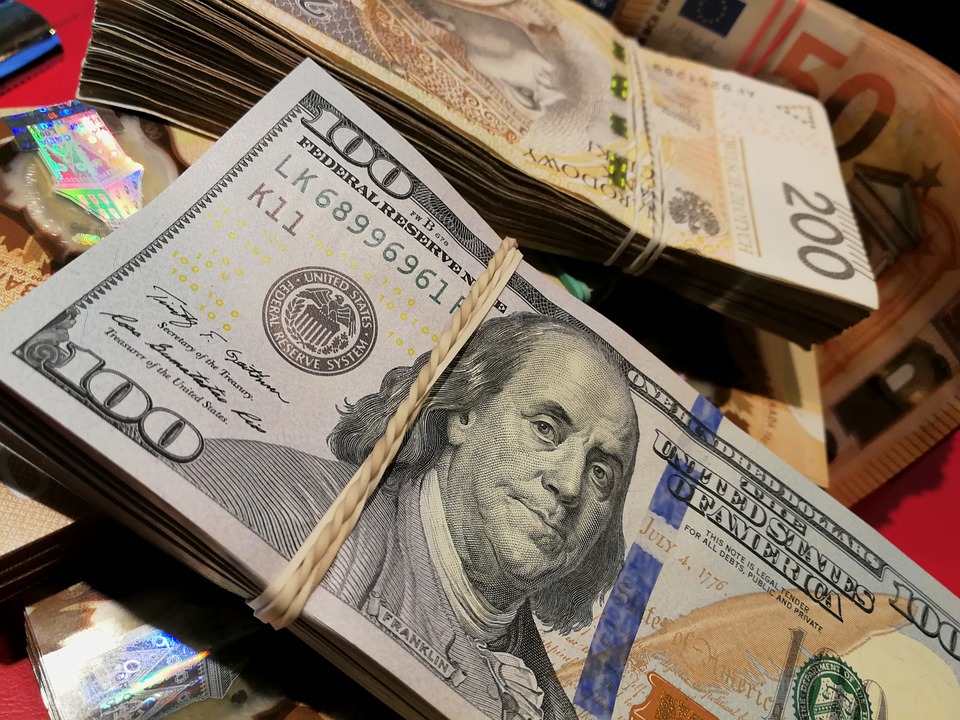The Impact of Interest Rates on Loans: An In-Depth Analysis
Interest rates are a fundamental component of the financial landscape, significantly influencing economic activity and individual financial decisions. They serve as the price of borrowing money, and even slight fluctuations in interest rates can have profound effects on loans, from mortgages to personal and business loans. This article explores the intricate relationship between interest rates and loans, examining how changes in interest rates impact borrowers, lenders, and the broader economy.
Understanding Interest Rates
Interest rates are primarily determined by central banks, such as the Federal Reserve in the United States, through monetary policy. By adjusting the federal funds rate, which is the rate at which banks lend to each other overnight, central banks influence a wide spectrum of interest rates across the economy. Factors such as inflation, economic growth, and employment levels significantly affect the central bank’s decisions on interest rates.
The Cost of Borrowing
For borrowers, the interest rate is the cost of borrowing money. Higher interest rates increase the cost of taking out loans, whereas lower interest rates make borrowing cheaper. This cost directly affects consumer behavior and business investments.
- Credit Cards and Personal Loans: Interest rates directly impact the cost of credit card debt and personal loans. Higher rates can increase the amount of interest paid on existing debt, making it more expensive for consumers to carry balances. This can lead to reduced consumer spending, which can have a ripple effect on the broader economy.
- Auto Loans: Interest rates also significantly affect auto loans. Higher rates can make financing a vehicle more expensive, which may lead consumers to delay car purchases or opt for less expensive models.
- Mortgages: One of the most significant impacts of interest rates is evident in the housing market. Higher mortgage rates mean higher monthly payments for homebuyers, potentially reducing the number of people who can afford to buy homes. Conversely, lower mortgage rates usually stimulate housing demand, leading to increased home sales and higher property prices.Consumer Loans
- Auto Loans: Interest rates also significantly affect auto loans. Higher rates can make financing a vehicle more expensive, which may lead consumers to delay car purchases or opt for less expensive models.
- Credit Cards and Personal Loans: Interest rates directly impact the cost of credit card debt and personal loans. Higher rates can increase the amount of interest paid on existing debt, making it more expensive for consumers to carry balances. This can lead to reduced consumer spending, which can have a ripple effect on the broader economy.
- Operating Costs: Small and medium-sized enterprises (SMEs) often rely on loans for working capital and operational expenses. Increased interest rates can raise the cost of these loans, straining cash flow and potentially leading to reduced business activity or expansion plans.
- Capital Investments: For businesses, interest rates play a crucial role in decisions related to capital investments and expansions. Higher borrowing costs can dampen business investment, as the returns on investments need to be high enough to exceed the cost of borrowing. This can slow down business growth and economic expansion.Business Loans
- Operating Costs: Small and medium-sized enterprises (SMEs) often rely on loans for working capital and operational expenses. Increased interest rates can raise the cost of these loans, straining cash flow and potentially leading to reduced business activity or expansion plans.
Lender Perspectives
Lenders, such as banks and financial institutions, also feel the impact of interest rates. The difference between the interest paid on deposits and the interest received on loans constitutes the primary source of profit for banks.
- Net Interest Margin (NIM): The Net Interest Margin, which measures the difference between interest income generated by banks and the amount paid out to depositors, is influenced by interest rates. Higher interest rates can increase NIM, potentially making lending more profitable for banks. However, if rates rise too quickly, it can also lead to higher default rates as borrowers struggle to meet their repayment obligations.Profit Margins
- Demand Fluctuations: Interest rates influence the demand for loans. Lower rates tend to increase loan demand as borrowing costs decrease, while higher rates can deter borrowing. This dynamic can affect a bank’s lending portfolio, impacting its overall profitability and growth.Loan Demand
Macroeconomic Implications
Interest rates have broader implications beyond individual borrowers and lenders. They play a pivotal role in economic cycles and overall economic stability.
- Contractionary Effects: Conversely, high-interest rates can slow down economic growth. As borrowing costs rise, spending and investment tend to decrease, which can lead to reduced economic activity and potentially higher unemployment rates.
- Stimulative Effects: Low-interest rates can stimulate economic growth by encouraging borrowing and spending among consumers and businesses. This can lead to increased production, job creation, and economic expansion.Economic Growth
- Contractionary Effects: Conversely, high-interest rates can slow down economic growth. As borrowing costs rise, spending and investment tend to decrease, which can lead to reduced economic activity and potentially higher unemployment rates.
- Monetary Policy Tool: Central banks use interest rates as a primary tool for controlling inflation. By raising rates, they can cool down an overheating economy and control rising prices. Conversely, lowering rates can stimulate economic activity but may risk higher inflation if the economy grows too quickly.Inflation Control
- Currency Valuation: Interest rates also impact exchange rates. Higher interest rates can attract foreign investment, increasing demand for the domestic currency and potentially leading to a stronger currency. A stronger currency can make exports more expensive and imports cheaper, affecting the trade balance.Exchange Rates
- Household Savings: Interest rates influence the return on savings. Higher rates generally encourage more savings, as returns on savings accounts and fixed-income investments increase. Lower rates may discourage savings but can encourage greater investment in higher-yielding assets.Savings and Investment
Conclusion
The relationship between interest rates and loans is multifaceted, affecting borrowers, lenders, and the broader economy in numerous ways. Understanding this dynamic is crucial for making informed financial decisions, whether you’re a consumer considering a mortgage, a business planning an expansion, or a policymaker aiming to stabilize economic conditions.
Interest rates act as levers in the economy, with central banks adjusting them to achieve desired outcomes like controlling inflation, stimulating growth, or maintaining employment levels. The ripple effects of these adjustments are felt across the entire financial spectrum, influencing the cost of borrowing, the return on savings, and overall economic health. As such, staying attuned to changes in interest rates and their potential impacts can provide valuable insights for navigating the complex world of finance.


